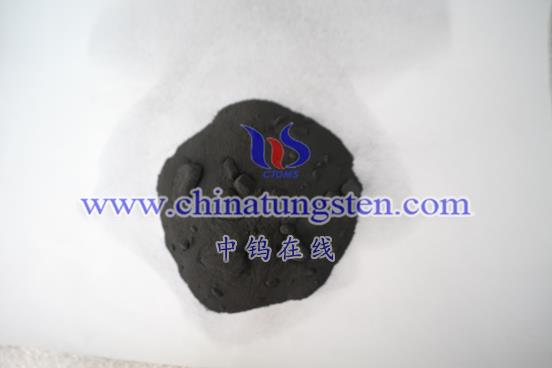Tungsten tetrabromide (WBr4) and tungsten tetraiodide (WI4) are inorganic compounds with specific chemical structures, which are formed by covalent bonding of tungsten atoms and bromine atoms or iodine atoms. In terms of solubility, there is a significant difference between tungsten tetrabromide and tungsten tetraiodide.
First, the solubility of tungsten tetrabromide varies with different solvents. In polar solvents, such as water and polar organic solvents, the solubility of tungsten tetrabromide is relatively high. This is because the polarity of the bromine atom is relatively large, and the interaction with the polar solvent is relatively strong, thereby facilitating the dissolution of tungsten tetrabromide in the solvent. However, in nonpolar solvents, the solubility of tungsten tetrabromide may be low, which is due to the relatively low polarity of the bromine atom, which interacts weakly with nonpolar solvents.
In contrast, tungsten tetraiodide may have relatively low solubility in polar solvents and relatively high solubility in non-polar solvents. This is due to the fact that iodine atoms are less polar than bromine atoms and have weaker interactions with polar solvents. At the same time, the radius of the iodine atom is smaller, and non-polar solvent molecules are more likely to form a solvation layer around the tungsten tetraiodide molecule, which is beneficial to the dissolution of tungsten tetraiodide.

More details of tungsten, molybdenum and rare earth news, please visit website: https://www.ctia.com.cn/en/
Please contact CHINATUNGSTEN for inquiry and order of tungsten and molybdenum product:
Email: sales@chinatungsten.com
Tel.: 86 592 5129595






